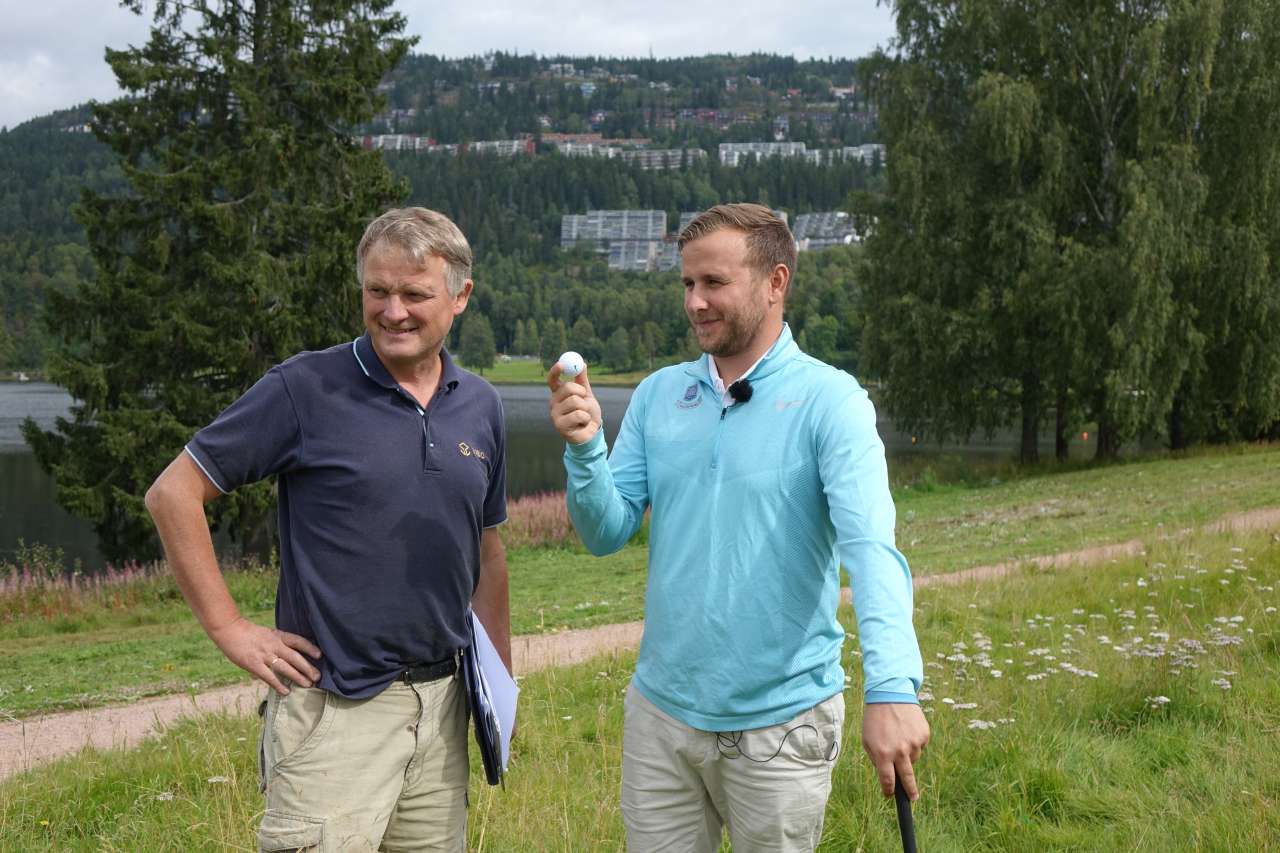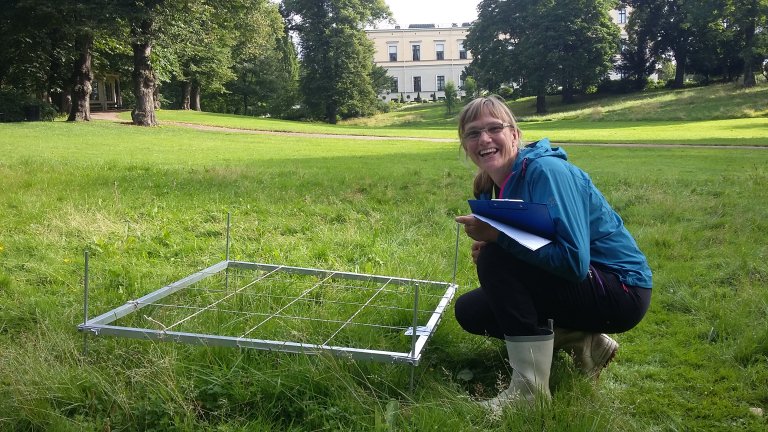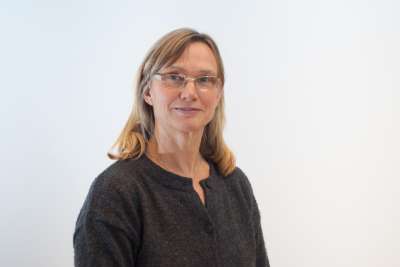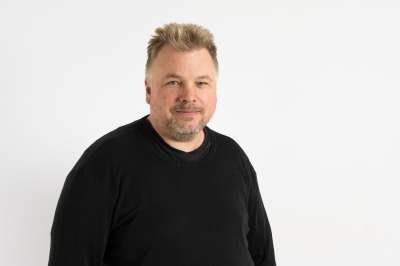From dense swards to biodiverse roughs

Research Professor Trygve S. Aamlid, NIBIO with Sport Director Marius Thorp, Oslo Golf Club at the golf course Bogstad in Oslo. Photo: Erling Fløistad.
Golf courses are not only playing areas for the game of golf, but they also have a large potential to support biodiversity and other ecosystem-services. For this reason, the project ‘ From dense swards to biodiverse roughs’ examines ways to lower soil fertility and create more open and biodiverse grasslands.
Fragmentation of the landscape and less semi-natural grasslands are important reasons for the loss of plant and insect species in the Nordic countries and elsewhere. A special concern is the decline in pollinating insects, especially the long-tounged bumblebees.
Golf courses, especially in urban areas, are often located on fertile soils with dense and highly competitive grasses that do not allow the introduction of daisies, harebells, birdsfoot trefoils, knotweeds, and other herbs that typically have beautiful colours and are attractive to bees, but have low ability to compete with grasses.
A typical golf course covers 30-60 ha of land, of which the playing surfaces (tees, fairways and greens) usually account for only 40-60 %. Most of the remaining areas are roughs which are moved 2-3 times per year, and which – with proper management – can become ‘hot spots’ for flowering herbs and pollinators.

Contacts



Project facts
The project ‘From dense swards to biodiverse roughs’ (STERF 2017-2020) is an extension to golf courses of the Norwegian project ‘Fra grasmark til blomstereng - Utmagring av jord og frøavl av stedegne, blomstrende engarter for økt biologisk mangfold i landbrukets produksjonslandskap og urbane parker’ (Landbruksdirektoratet 2017-2020). Project leaders are NIBIO researchers Hans Martin Hanslin and Trygve S. Aamlid, respectively.
Contacts



